Toutes les News
Nouvelles astuces pour 4 jeux
Des astuces pour les jeux suivants sont désormais disponible sur Insert Disk 2 :
Vous n'avez plus d'excuses pour ne pas terminer ces jeux maintenant ! 
news de Sebkos le 01/04/2023
Ajout de 3 nouvelles démos : HARDWIRED, ATOME et AUTHENTIK
Ajout des trois nouvelles démos :
HARDWIRED, un grand classique de CRIONICS & THE SILENTS.
Deux démos AGA du groupe SKARLA, ATOME et AUTHENTIK.
Les trois démos n'ont pas de tests, mais des images et les crédits sont disponibles dans le test.
D'ailleurs si des connaisseurs sont prêts à rédiger quelques lignes pour les tests, ce serait avec grand plaisir !
news de Sebkos le 25/03/2023
Challenge #03 MARS 2023 : ELVIRA THE ARCADE GAME
Premier jeu de FLAIR SOFTWARE, ELVIRA THE ARCADE GAME est un jeu de plates formes / shoot sorti en 1991. Profitant de la notoriété de la belle et de l'excellent jeu d'aventure/rpg ELVIRA : MISTRESS OF THE DARK, ce nouveau jeu plus orienté action n'est pas du même acabit. Mais le challenge du mois pourra peut être vous en apprendre un peu plus sur ce jeu.
Bon jeu à tous ! 
news de Sebkos le 16/03/2023
Résultats du challenge #2 : POPEYE 2
Après un dépouillement des plus rapide, nous pouvons vous communiquer les résultats du deuxième challenge de l'année. Celui-ci était donc sur le jeu POPEYE 2 un jeu développé par QUEX et édité par ALTERNATIVE SOFTWARE.
Voici donc le podium :
1 er - Sebkos - 7010
2 ème - Lio - 3320
3 ème - Thordelan - 2420
Lio conserve la première place au classement générale avec 24 points, mais Sebkos le talonne avec 22 points mais n'oublions pas Thordelan qui n'a pas dit son dernier mot avec 14 points ! Bravo et merci aux participants !
Vous pouvez consulter les résultats complets sur la page dédiée d'Insert Disk 2.
C'est donc à Thordelan de choisir les 3 jeux pour le sondage du mois de mars.
news de Sebkos le 02/03/2023
Nouvelle démo : EXTENSION de PYGMY PROJECTS
Voici que déboule une nouvelle fiche de démo, et son mini-test qui va avec sur la démo EXTENSION du groupe PYGMY PROJECTS.

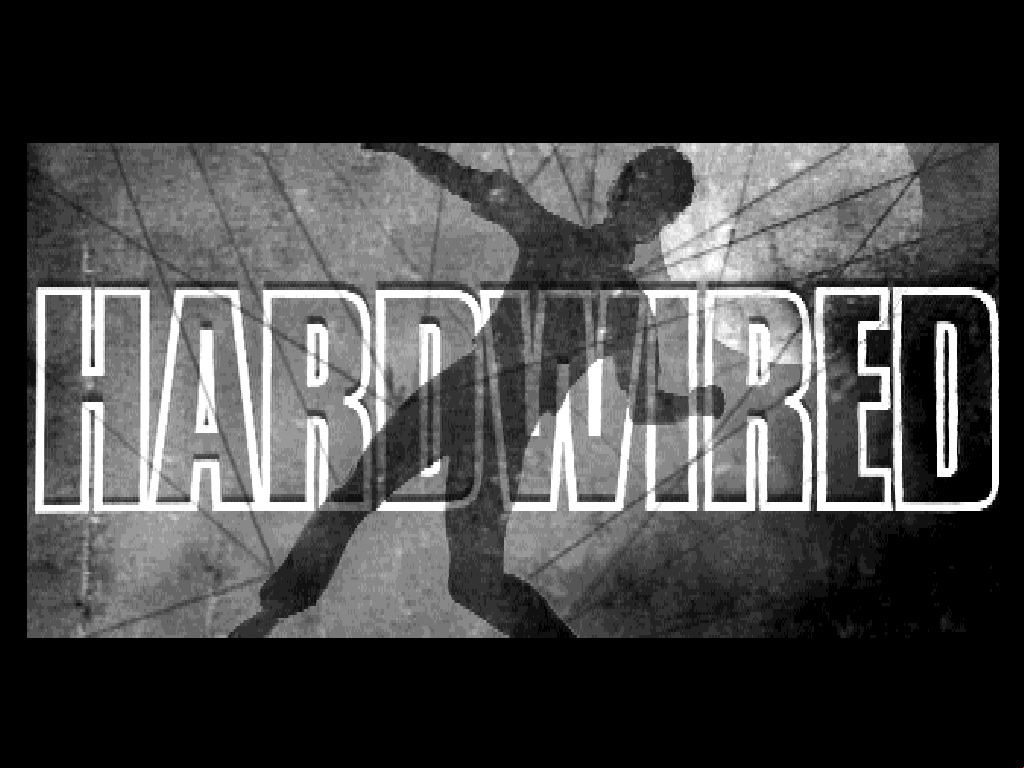
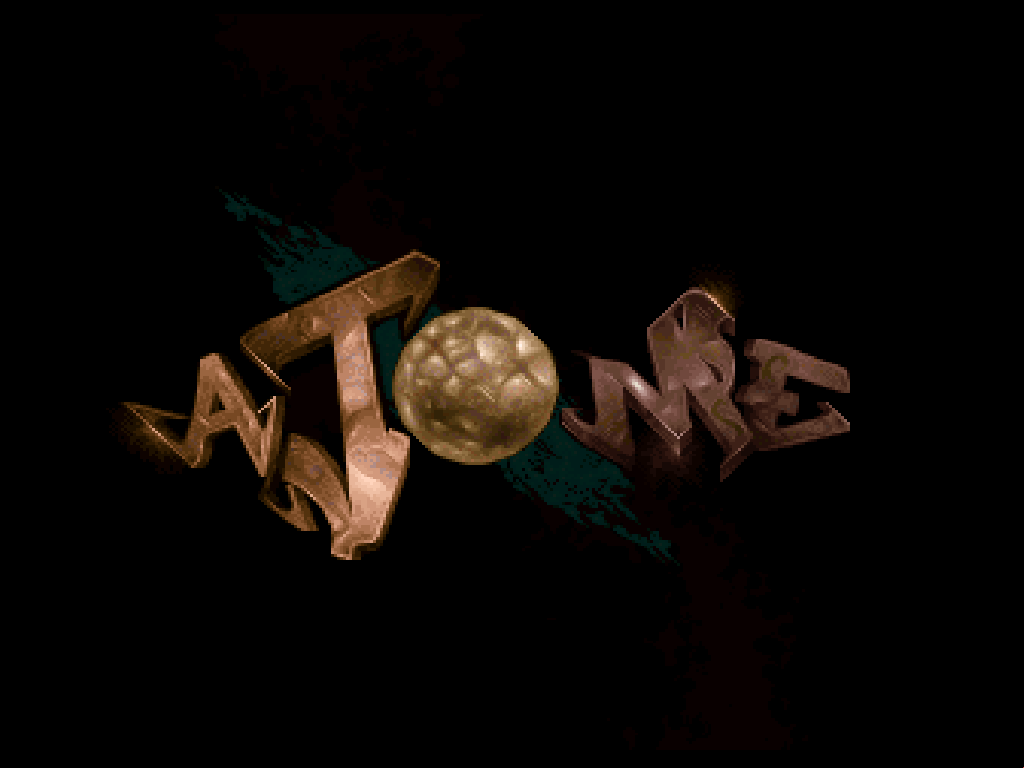
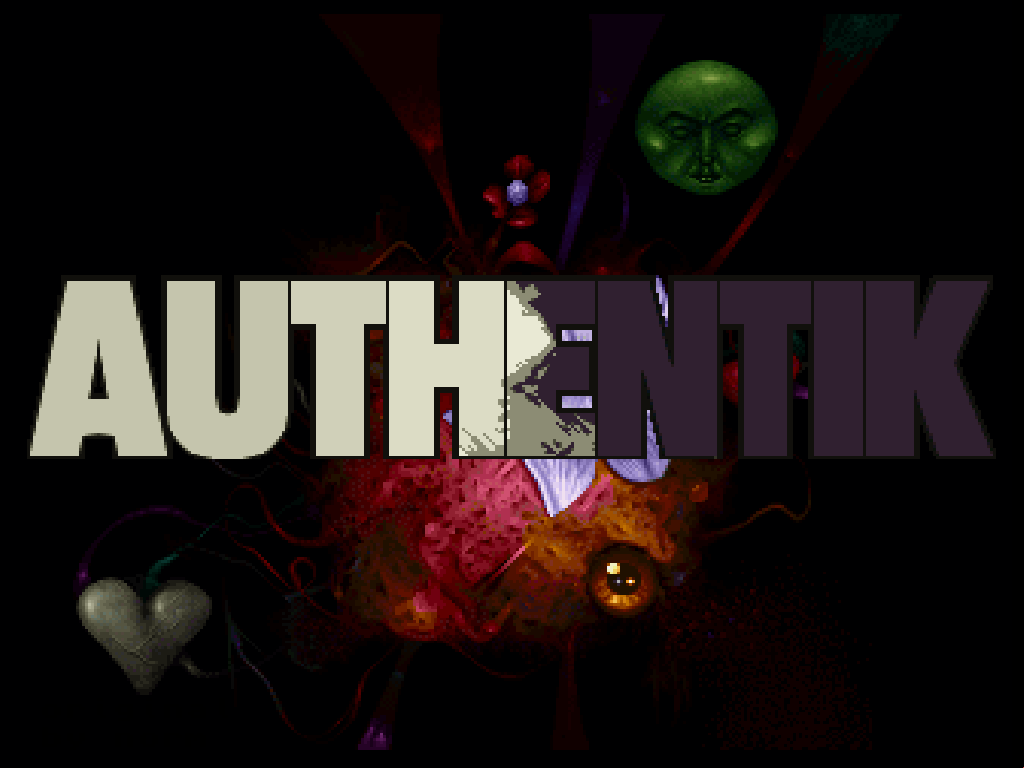
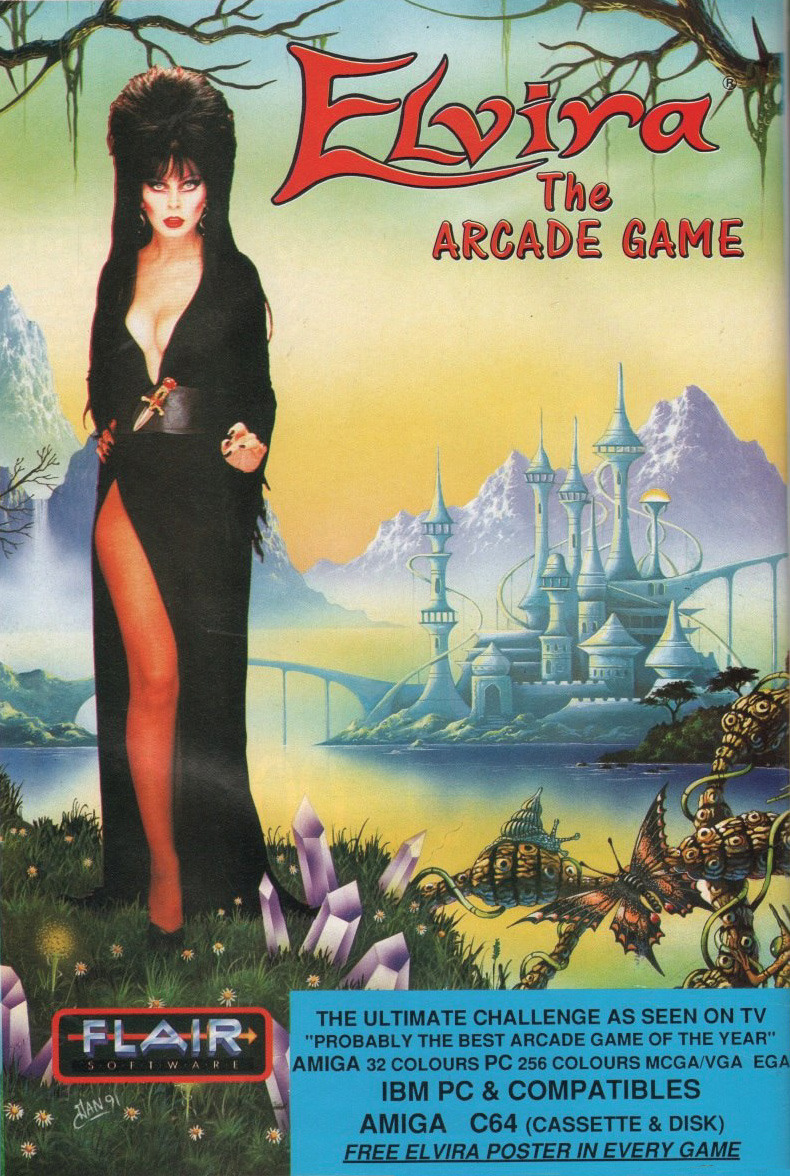


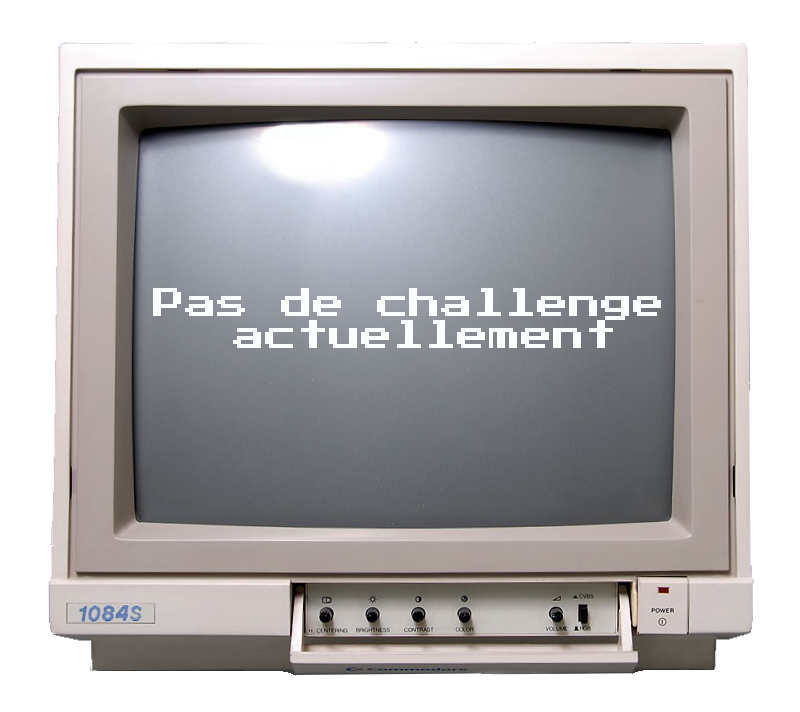
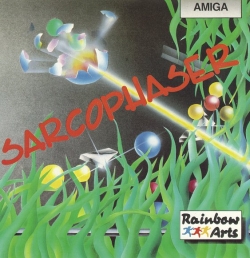
Même si je me suis bien amusé sur l'atari.. c'esst comment dire... non pas à l'abordage mais (...)
Ah oui 20 ans tout de même ! j'espère qu'il sera encore là dans 20 ans ! merci à toute l'équipe (...)
Ah oui 20 ans tout de même ! j'espère qu'il sera encore là dans 20 ans ! merci à toute l'équipe (...)
Ah oui 20 ans tout de même ! j'espère qu'il sera encore là dans 20 ans ! merci à toute l'équipe (...)
C'est la faute à Battleship si les jeux de société sur table ont commencé à disparaitre ! ;))
Merci pour cette belle trouvaille !
En plus, Alex est vraiment très doué en la matière ! J'adore ! Bonnes fêtes de fin d'année (...)
Cela fait bien longtemps que je n'avais pas écouté de musiques composé sur Amiga. Merci pour (...)
Ce jeu me fait inévitablement penser au jeu Explora dans son principe. Une nouvelle histoire (...)
Le lien pour télécharger l'ADF ne fonctionne pas :(
Il n'est pas de notre galaxie...
Et le Capitaine Flam alors ?? ;)
Merci pour l'info ! Je vais aller voir ça. C'était vraiment un super site Alone In The Past, (...)
Je n'ai pas trouvé la manuel mais il y a le test de Blood ainsi que la solution disponibles (...)
Je n'ai pas trouvé la manuel mais il y a le test de Blood ainsi que la solution disponibles (...)
Encore un perfect de Cleeem ! C'est vrai que Lionheart est graphiquement magnifique, un Rastan (...)
Merci Frog! Ah ah, le perfect dans les jeux... c'est super chouette de tout découvrir. En (...)
Merci Frog! Il est dit que ce jeu a été un succès sur disquettes Amiga et c'est pourquoi il (...)
Merci Frog! Les plans étaient dans un format classique avec des lignes droites comme un tableau. Au (...)
Bon et bien... c'est un perfect ! C O N G R A T U L A T I O N S ! ! !
Bravo pour la soluce ! Par contre ce jeu ne me dis rien du tout...
Très propre la soluce !